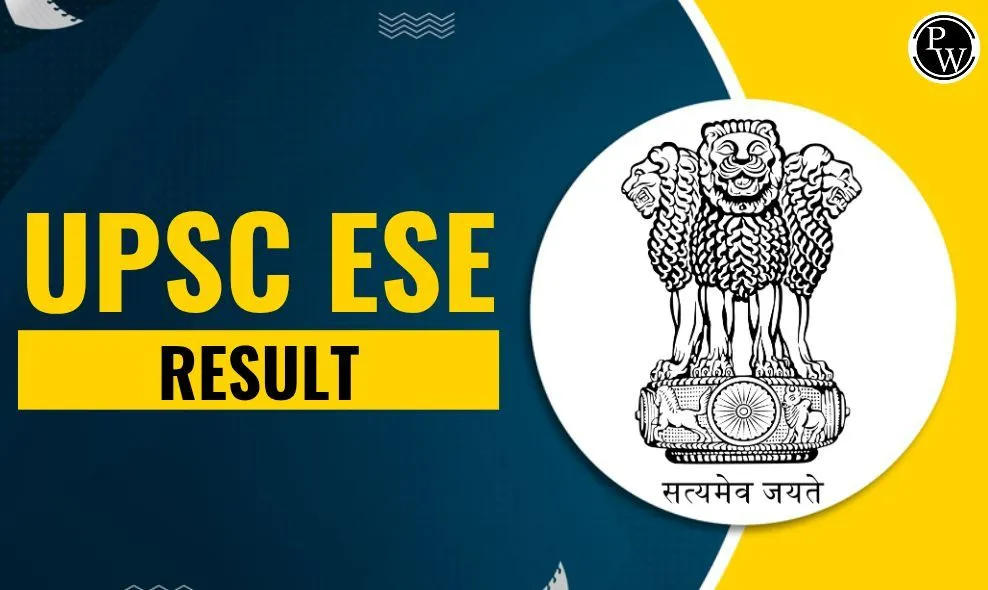
JDK Full Form is Java Development Kit. The Java Development Kit (JDK) is a software development framework that aids in the creation of Java applications and applet platforms.
It includes the Java Runtime Environment, an archiver, an interpreter/loader, a documentation generator, and other tools required for Java development. JDK in Java is a necessary component for software development. It is technically either a Java Standard Edition or a Java Enterprise Edition implementation. We shall learn more about the JDK in Java in this article.What is the Full Form of JDK?
Java Development Kit is abbreviated as JDK. It is a software development environment for creating applets and Java apps. JDK is a physical product that includes JRE and development tools. It is simple to install multiple versions of JDK on the same PC. It is available for usage by Java developers on macOS, Windows, Linux, and Solaris. JDK helps them code and run Java programs. It is an implementation of any of the following Java Platforms offered by Oracle Corporation:- Micro Edition
- Enterprise Edition
- Standard Edition
JDK Features
Here are a few important features of JDK:- It has all of the same features as JRE.
- JDK allows users to handle numerous extensions in a single catch block.
- It essentially provides a development and execution environment for Java source code.
- It includes a debugger, compiler, and other development tools.
- Instead of writing the precise interface, the Diamond operator can be used to provide a general one.
- JDK is simple to install on Unix, Mac, and Windows OS (Operating Systems).
Also check: JRE Full Form
JDK Components
JRE is an essential component of the JDK. This supplies the class libraries and other resources required for specific Java programmes to run successfully. JRE Java programs have full access and functionality, and they work independently of the operating system. The JDK includes several critical components, including:- Java Compiler: This tool converts human-readable Java code into bytecode that can be executed by the Java Virtual Machine (JVM).
- JRE (Java Runtime Environment): It is an essential component of the JDK, allowing Java applications to run. JRE includes the JVM as well as necessary libraries.
- Development Tools: JDK contains a variety of tools for Java development, such as a debugger, profiler, and packaging tools.
Also check: JVM full form
JDK Version
JDK has evolved through several versions over time. Each version introduces new features, improves speed, and fixes bugs. Significant releases include Java 8, 11, 16, and beyond.The Java Development Kit (JDK) and the Java Ecosystem
The Java Development Kit (JDK) is the foundation of the entire Java ecosystem. It's where developers start when they create code, compile it using the JDK's compiler, and run it with the JRE.Oracle JDK and OpenJDK
Java has several JDK distributions, the most prominent of which are OpenJDK and Oracle JDK. OpenJDK is a free and open-source version, whereas Oracle JDK includes commercial features and support.JDK Uses
Programmers and engineers can use the Java development kit in an IDE for increased support, just like they can with other types of specialised language development environments. However, JDK stands out somewhat distinctively in that it centralises a toolkit, which is one of the main pushes for IDE use in certain other circumstances. Given that the JDK already includes the Java Runtime Environment, an interpreter, compiler, archiver, and document generator, it's difficult to argue that the IDE does much more than that. However, experts maintain that the IDE provides an enhanced environment and, as previously said, speeds up or automates certain of the JDK's procedures. The use of a graphical user interface to abstract and assist a user's progress in development has been a signature advancement in recent years as developers discovered shortcuts other than "hand coding" methods. In the preceding example of bundling JDK with NetBeans, the IDE entails producing this type of overlay for the essential JDK that is still required to work on these projects. Consider visualising and optimizing access to the most regularly used controls. This is the type of operational advantage that the IDE has over simply sticking with the JDK.JDK Characteristics
JRE ClassLoader: The classloader runtime loads all of the classes required to run a Java program. When necessary, JRE uses Classloader to automate. Java Classes are basically loaded into memory. Bytecode Verifier: The Bytecode Verifier validates the format and accuracy of Java code before passing it to the Interpreter. If the code avoids the integrity or access rights, the object's set will not be loaded. It will be regarded as corrupted. Interpreter: The Java interpreter either creates an instance of the Java virtual machine, which enables the Java programme to be executed natively on the underlying machine, or it converts the successfully loaded bytecode to a (.class file) that is easily understood by an operating system.JDK Libraries
JRE includes several integration libraries to assist developers in developing smooth data connections between their applications and services. Some libraries are as follows: Java IDL (CORBA): In JRE, it is used to support distributed Java objects created in the Java programming language. API for Java Database Connectivity (JDBC): JDBC provides developers with tools for connecting to and running queries on databases, flat files, and spreadsheets. It is included in JavaSE (Java Standard Edition). JDBC employs four different types of drivers.- JDBD-ODBC BridgeDriver,
- Native Driver,
- Network Protocol Driver
- Thin driver
Java Development Kit Explained by Techopedia
Java has been a fundamental part of computer science for decades as a prominent programming language, and the Java JDK is the essential vehicle for constructing a development environment. People who are new to Java may be unsure whether to utilise the JRE or the JDK. Simply download the JRE to run Java programs and applets. However, the JDK is required to create and run Java programs and applets. One way to think of it is that JRE is "just for executables" or confined to that scope, whereas the JDK, as previously stated, is the development toolkit. Initially, Java developers are given two JDK tools: java and javac. Both are launched from the command prompt. Simple text files with the.java extension are known as Java source files. The javac compiler is used to generate.class files after writing and saving Java source code. After creating the.class files, the 'java' command can be utilised to run the java program. A JDK packed with Netbeans can be downloaded from the Oracle website by developers who want to work in an integrated development environment (IDE). These IDEs shorten the development process by adding point-and-click and drag-and-drop features for designing applications.JDK Full Form FAQs
What is the purpose of JDK?
JDK is an abbreviation for Java Development Kit, and it is used to compile Java source code into bytecode (typically. class files). It has nothing to do with your Java program, which is a collection of classes.
What is an example of JDK?
It offers tools for interacting with Java applications. The virtual machine, a compiler, a debugger, performance monitoring tools, and other utilities that Oracle considers beneficial for a Java program are examples of included software.
Is JDK an open source project?
The primary difference (as previously stated) is that OpenJDK is an open source java development kit, whereas Oracle JDK is a closed source java development kit.
Which JDK is available for Windows?
J2SE Development Kit 5.0 (JDK 5.0) is compatible with Microsoft Windows, Intel IA32, 100% compatible processors, and AMD Opteron 32. See System Configurations for a list of supported Windows versions as well as disk and RAM requirements.
🔥 Trending Blogs
Talk to a counsellorHave doubts? Our support team will be happy to assist you!

Check out these Related Articles
Free Learning Resources
PW Books
Notes (Class 10-12)
PW Study Materials
Notes (Class 6-9)
Ncert Solutions
Govt Exams
Class 6th to 12th Online Courses
Govt Job Exams Courses
UPSC Coaching
Defence Exam Coaching
Gate Exam Coaching
Other Exams
Know about Physics Wallah
Physics Wallah is an Indian edtech platform that provides accessible & comprehensive learning experiences to students from Class 6th to postgraduate level. We also provide extensive NCERT solutions, sample paper, NEET, JEE Mains, BITSAT previous year papers & more such resources to students. Physics Wallah also caters to over 3.5 million registered students and over 78 lakh+ Youtube subscribers with 4.8 rating on its app.
We Stand Out because
We provide students with intensive courses with India’s qualified & experienced faculties & mentors. PW strives to make the learning experience comprehensive and accessible for students of all sections of society. We believe in empowering every single student who couldn't dream of a good career in engineering and medical field earlier.
Our Key Focus Areas
Physics Wallah's main focus is to make the learning experience as economical as possible for all students. With our affordable courses like Lakshya, Udaan and Arjuna and many others, we have been able to provide a platform for lakhs of aspirants. From providing Chemistry, Maths, Physics formula to giving e-books of eminent authors like RD Sharma, RS Aggarwal and Lakhmir Singh, PW focuses on every single student's need for preparation.
What Makes Us Different
Physics Wallah strives to develop a comprehensive pedagogical structure for students, where they get a state-of-the-art learning experience with study material and resources. Apart from catering students preparing for JEE Mains and NEET, PW also provides study material for each state board like Uttar Pradesh, Bihar, and others
Copyright © 2025 Physicswallah Limited All rights reserved.
Get App









